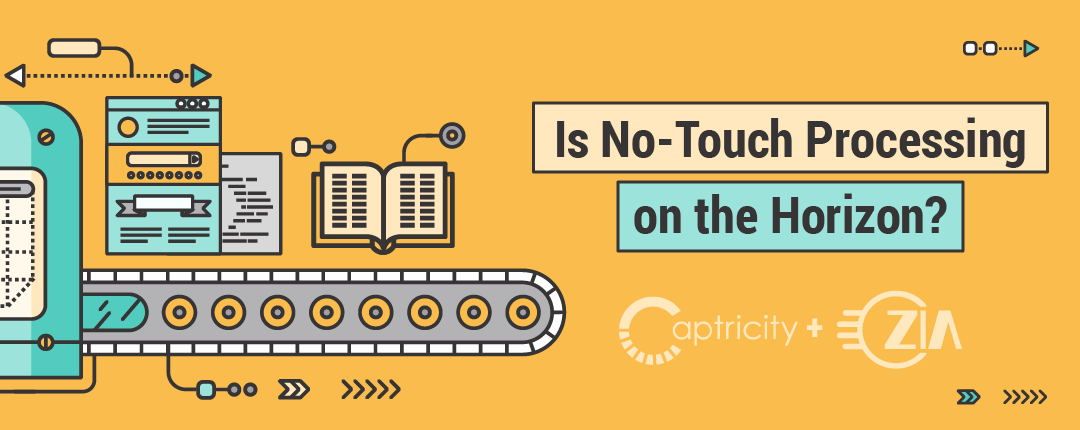Is No-Touch Processing on the Horizon?
With contribution from Captricity
Organizations face two strategic challenges when it comes to automating manual workflows. The largest contributor of inaccurate data is human error. In fact, according to the Department of Labor, data extraction payroll is at $6B in the United States and the figure has remained constant in the last decade. In the last decade, organizations are investing a tremendous amount of resources on data entry clerks and Optical Character Recognition (OCR) software to process handwritten documents. Still, the prospect of no-touch processing and the bridging of the digital divide seems like a far-off dream.
However, modern machine learning offers new tools to solve long-standing challenges. New software solutions can now optimize complex business processes by turning even hand-filled paper documents into business-ready data automatically.
Zia combines the power of Ephesoft Smart Capture® with Captricity handwriting recognition to fully automate data ingestion, classification, and extraction for straight-through document processing.
The solution first analyzes documents, sorts them, and identifies typed or handwritten portions. The intelligent shredding engine sends typed fields to Ephesoft for OCR extraction and handwritten fields to Captricity for handwriting recognition. Once the data is extracted, validated, and enriched, the complete documents are reassembled and moved into a central content repository. This unique integration allows Zia to work with structured, semi-structured, and unstructured content. Projects are implemented quickly—within weeks, not months.
Captricity helps enterprises reimagine data capture. Though often compared to OCR, the AI engine from Captricity leverages a unique combination of computer algorithms and human verification, which sets our technology apart from standard OCR.Whether it’s bringing paper based traditional insurers into the digital world, helping the FEC process campaign finance forms, Captricity’s solution delivers high quality and enhanced data with 99.5 percent accuracy.
To learn more, watch a webinar recording here.


